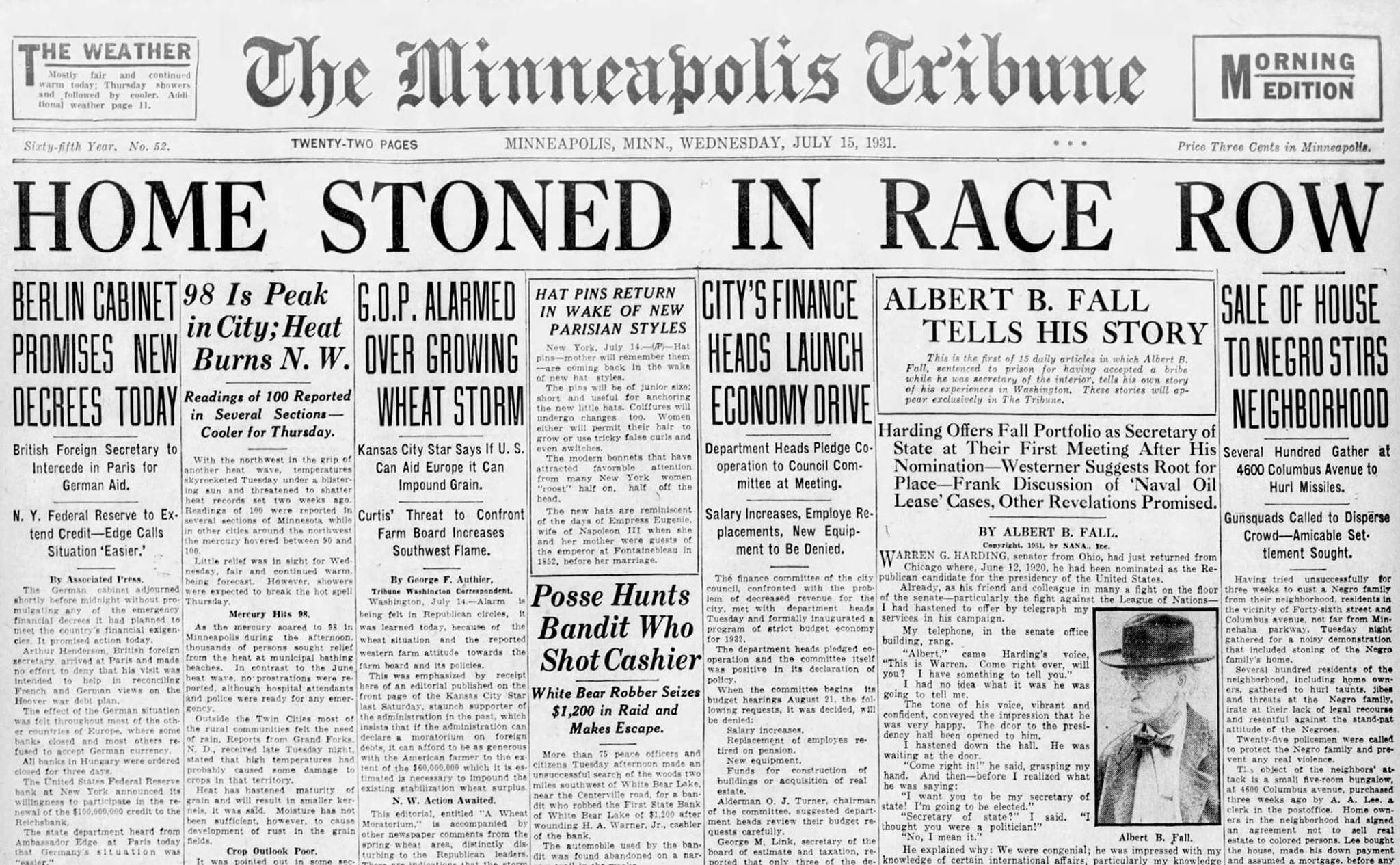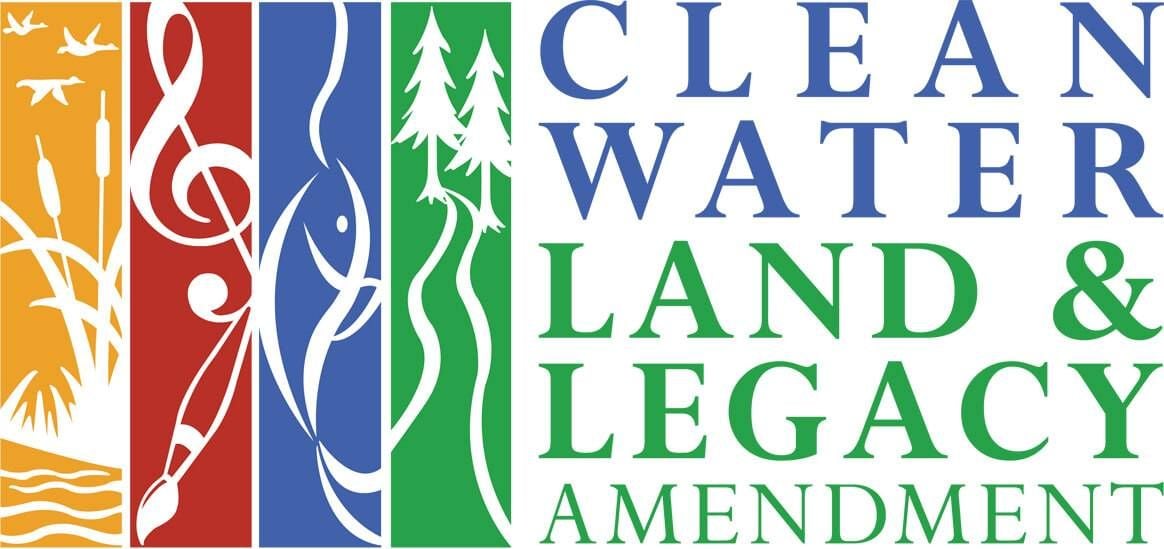Did Your Neighborhood Contribute to Institutional Racism?

When we think about segregation, we think about signs. Signs that prohibited black people in the South from using things that white people used, like drinking fountains, lunch counters, bus seats, schools.
But a more insidious form of segregation was happening at the same time, segregation written into the very documents that made our neighborhoods. And it wasn’t only happening in the South. If you’re from the North, your city was probably participating in racist practices that limited where black people and other people of color could and could not make their homes.
It was done through racially restrictive property deeds. Starting in the early 1900s, language in property deeds explicitly barred people of color and Jewish people from buying houses in certain areas, creating white-only neighborhoods and pushing others to the margins.
This was happening all over the country. The existence of restrictive covenants, as they’re called, is especially well-documented in Minneapolis; St. Louis; Seattle; Chicago; Hartford, Connecticut; Kansas City and Washington, D.C.
The language in these racist documents varies from place to place and era to era, even within cities. In Minneapolis, racially exclusive language appears in historic deeds in nearly 200 different ways. Here’s an example: “Grantee shall not have the right to sell and convey or rent said premises to any person of the black, brown or yellow races.” And another: “No lot shall ever be sold, conveyed, leased or rented to any person, other than of the white or Caucasian (Aryan branch) race.”
And this was perfectly legal until the Supreme Court made covenants unenforceable in 1948 and the Fair Housing Act outlawed them in 1968. But by then, there was already decades of damage done.
What’s left behind
The scars of racially restrictive deeds remain on the landscape of Minneapolis today. And the practice was in the news for decades. But the history of covenants certainly isn’t common knowledge.
Kirsten Delegard, who runs the Mapping Prejudice project at the University of Minnesota, believes coming to grips with this secret history of U.S. cities is key to amending systemic racism that exists today. The project’s work is featured in new documentary “Jim Crow of the North.”
“I firmly believe that this history has been forgotten, because you can’t look at the language of these deeds and understand this to be anything other than what it is, which is absolutely pure white supremacy,” she said.
“And, frankly, white Americans have just not wanted to (remember restrictive covenants). They want to believe that we don’t have disparities, some bad things happened in the past but we’ve corrected those, and everyone is starting off at the same point now.”
To map these covenants, Delegard and her team, with the help of more than 2,000 volunteers, have combed through thousands of digitized historical documents to find racist language in property deeds. So far, they’ve mapped 17,000 properties with covenants, making it the largest project of its kind in the country. And they’re still working — there are 12 million documents to sift through.
The neighborhoods that employed restrictive covenants are still the whitest areas of Minneapolis, Delegard said. But not only did covenants decades ago shape today’s communities by forcing certain types of people to certain areas, they also stunted the ability of people of color to accumulate wealth through generations.
A 2016 analysis of U.S. Census data by the Pioneer Press showed Minnesota’s black families have a median income half that of the state’s white families. And as Minnesota has gotten more diverse over the decades, income gaps have only gotten wider.
What does housing have to do with that wealth disparity? A lot.
“Homeownership is one of the primary avenues for wealth accumulation in the country,” Delegard said. “It was an avenue that was completely off limits to people who are not white for most of the 20th century. The legacies of that are still felt today.”
Properties that once had racial covenants on them have appreciated in value at a much higher rate, she said. On the other hand, “families of color owned places in parts of the city that maybe didn’t appreciate as much” or “might have depreciated, might have been a drain on family resources.”
The value of your property determines how much money can go to your children when it’s eventually sold, or whether you can draw on your house’s equity to fund your child’s college education so they end up with less student loans to pay off, or how much you can put down on a different house down the road. Your house contributes to generational wealth.
“There are all kinds of ripple effects,” Delegard said. “It has a huge impact on wealth today, who has money today and therefore what you can buy, what neighborhood you can buy into.”
What can be done today
People are working to reverse the effects of racial covenants. But it’s not easy to get decision-makers to understand how decades of different racist policies and decisions — not just covenants — have contributed to today’s institutional racism.

“We see (the conversation around fixing the problem) pivoting off of this false binary of either communities that have been historically disinvested from continue to not see investment, or see investment that has been geared toward attracting newer, higher income residents,” said Owen Duckworth, director of organizing and policy at The Alliance, an organization focused on increasing equity in economic growth and land development in the Twin Cities of Minnesota.
When investment in a neighborhood is geared toward attracting more wealthy residents, it leads to rising property values and displacement of the original residents.
Addressing the problem in a way that would help communities of color, rather than displacing them, would mean understanding the forces at play.
“So often, decision-makers have an amnesia or a blindness to decades of disinvestment and a continued undervaluing of communities of color and indigenous communities,” Duckworth said. “What would it look like instead to really look at an approach that understood and repaired decades of disinvestment, renewal, segregation, redlining, the prison industrial complex… and gentrification?”
Duckworth and other activists are trying to find those solutions and build relationships with policymakers to put them in place.
Meanwhile, we can all play a part in making neighborhoods more equitable. If you’re white and living in a neighborhood that’s historically been home to families of color, make relationships with your neighbors and get involved in community activism.
“(Advocate) for resources that people of color have been pushing for and have probably been pushing for for years,” Duckworth said.
Volunteer at your neighborhood school or library, go to neighborhood association meetings and support local businesses owned by people of color. And learn the history of the place you live.
“It’s a combination of relationships, getting involved, listening to folks, supporting local (people of color and indigenous) owned businesses,” Duckworth said.
To learn more about racial covenants, watch “Jim Crow of the North."
Read Kirsten Delegard's piece on how racial covenants took a firm hold in Minneapolis, "Emanuel Cohen and the Battle Against Anti-Semitism in Minneapolis."

This article originally appeared on Rewire
© Twin Cities Public Television – 2017. All rights reserved.

This story is made possible by the Arts and Cultural Heritage Fund and the citizens of Minnesota.
